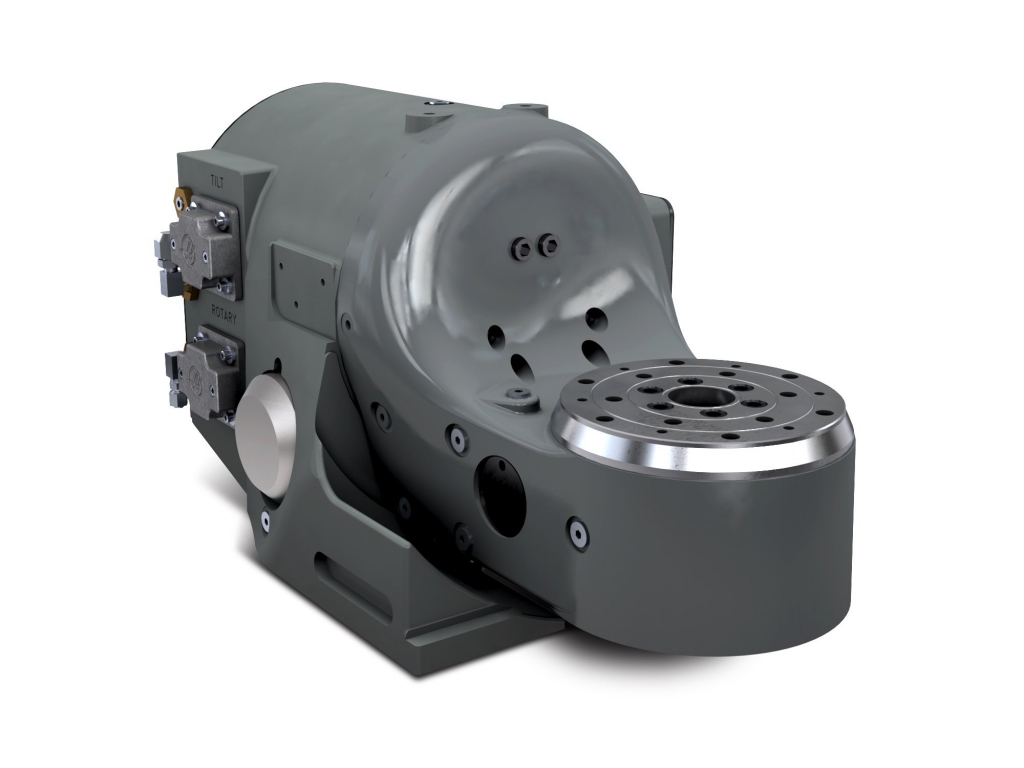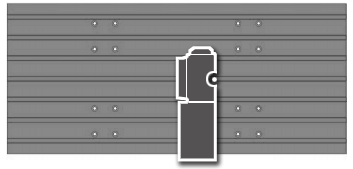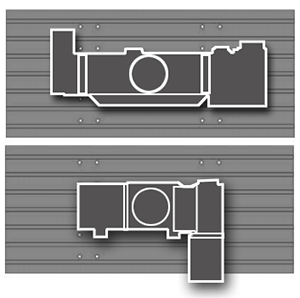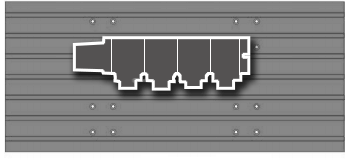Our redesigned TRT160 tilting rotary table not only puts 5-axis capabilities well within reach of the average job shop, but its new smaller size also provides greater mounting flexibility than its predecessor. We’ve completely redesigned the TRT160 to create a much more compact and versatile 5-axis solution for smaller mills, including Haas Mini Mills and Toolroom Mills. The new unit easily fits on one end of a machine’s table, leaving the remainder open for additional fixtures or vises.
Requires a Haas mill with 4th- and 5th-axis drives for true 4th- and 5th-axis operation. Requires software version NGC 100.18.000.1030 or later to work with DWO/TCPC option. Consult your local HFO for use on machines with a Classic Haas control.
- Add 4- and 5-axis capabilities to your machine
- Compact size fits easily into smaller mills
- Easy plug-and-play connection to Haas machines
- Industry-leading performance and capabilities
- Made in the USA






